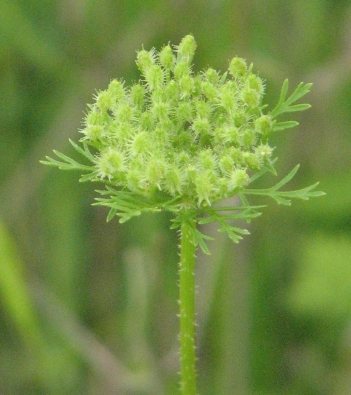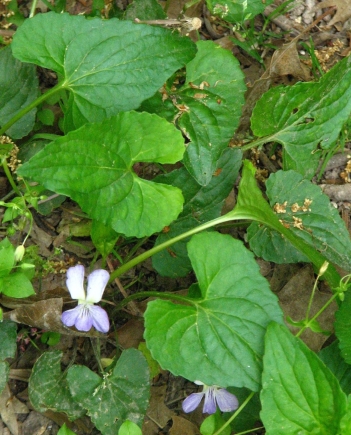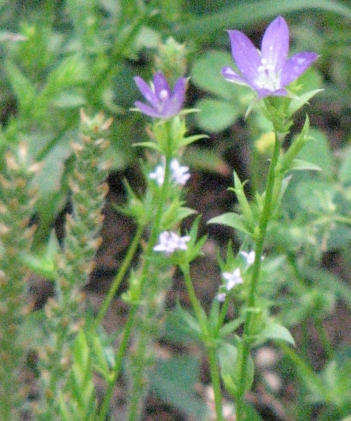Texas Thistle Cirsium texanum. A lanky thistle with long, ribbed, pithy stems, and dusty green, deeply pinnate leaves lined with only 4-5 spines per side of leaf. This is the most common thistle on the ILC. Rising from one pithy tap root, the main stem soon branches into multiple stems which are slightly grooved, but lack spines, like Nodding Thistle (C nutans). Branching does not follow a symmetric pattern, and each long (6-10”) flower stalk bears only one elongated, slightly tapering flower-head, lined with prickly scales. The lavender to rose-purple, hair-like petals are longer than Bull Thistle. Not as robust or squat as Bull Thistle, Texas Thistle has shorter spines, does not have as sharp or thick of spines on stems, has much longer flower stalks, lacks spines on flower stalks, is a lighter lavender color, has longer hair-like petals, and has longer, more tapered buds. However, it is only slightly less noxious. (332) 4/28/15; 5/1/16, 4/17/17- ; 5/4/18; 4/28/19; 4/25/20

Texas Thistle habit; a lanky, readily branching annual with alternating, pinnate leaves bearing multiple, smooth flower stems, each capped with a single, lavender head of thread like petals on a tapering, scaly bud.
Note; lavender to rose globe flowers have longer filaments than Bull Thistle or Nodding Thistle
Note; prickly scales lining the elongated buds

Note; thin, pinnate leaves with only a few, short spines on each leaf are arranged in an alternating spiral around slightly grooved flower stems
Note; flower stems are smooth, lacking spines, like those of Nodding or Bull Thistle





















